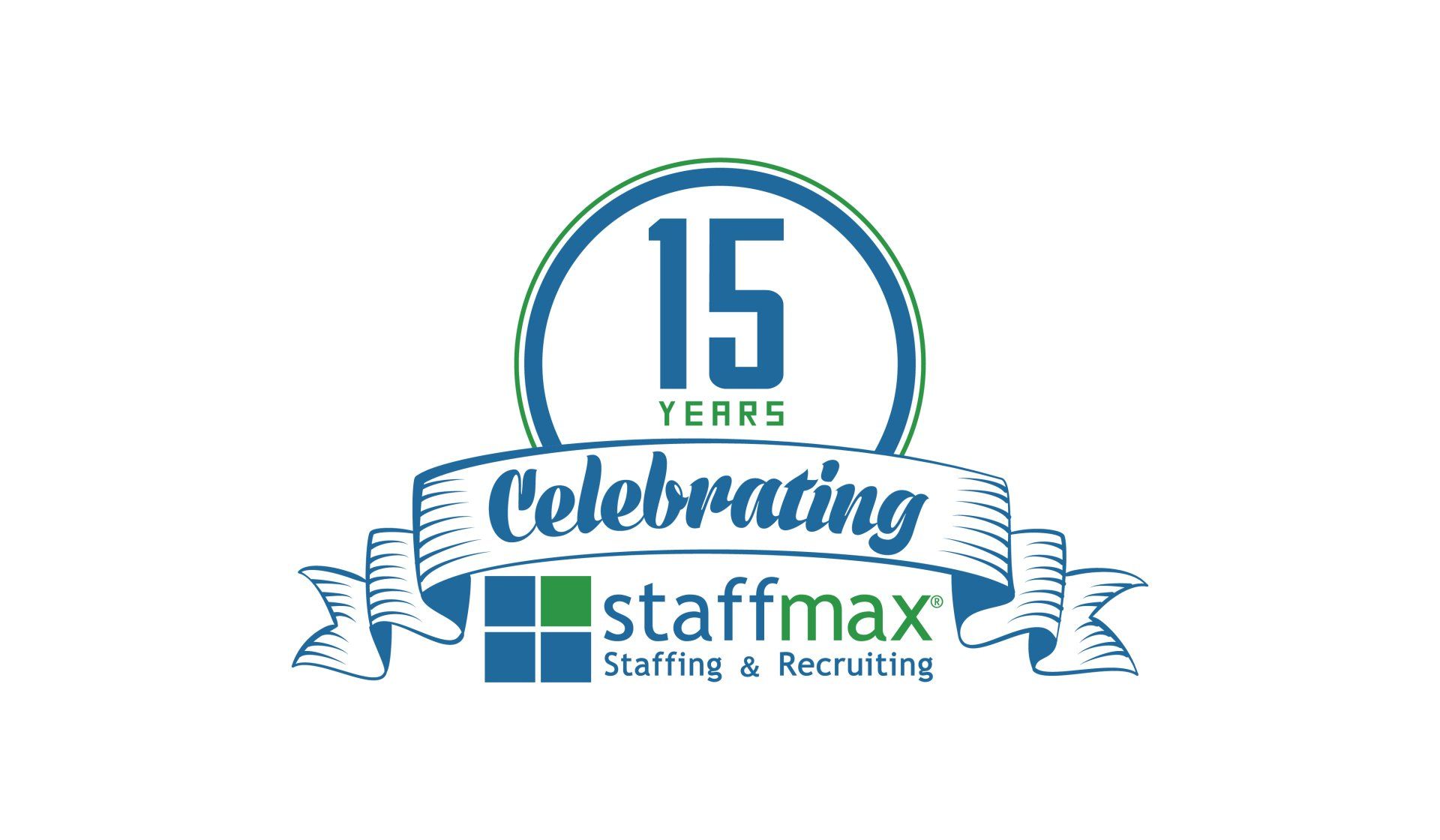10 Powerful Changes for Your Executive Level Resume
By Amanda Augustine via Top Resume

This is the perfect executive-resume sample for senior-level job-seekers. Here's why.
No matter what position you're gunning for — whether it's your first job out of college, or you're a seasoned professional with your sights on the C-suite — condensing your accomplishments and merits into one single document can be daunting. But if you're ready for a job change, a polished and updated resume is the one thing you can't skip!
You might even argue that an executive-level professional has it tougher than the former. You've likely held several jobs throughout your career, working your way up and maybe even getting your feet wet in completely different industries or departments. For a lucky few, you may not have even had to interview at all, landing positions and promotions through your network alone.
The point is, at your level, the people you'll be competing with for this position will come from many different paths. Your resume and your cover letter will need to impress.
Our biggest tip? Get another pair of eyes on your resume. You know your work history inside and out, but how does it come across on paper? With our free resume review, you'll get a confidential critique from a TopResume expert experienced with executive resume writing — including personalized recommendations and objective feedback. Often, it's a few small changes that can make the biggest impact!
To see what we mean, check out our sample resume for executive- and senior-level professionals here and continue reading to learn about 10 of the most powerful changes you can make.
1. Showcase your credentials at the top of your resume
This is a quick and effective change for anyone, regardless of how many years you've been in the field: Move your credentials, especially the ones that match your target position, to the very top of your executive resume. This is typically the first place recruiters will look, so having them front and center ensure they won't get skipped.
2. Include a link to your online profile
Did you know that 90 percent of employers search for candidates' social media profiles online before setting up an interview? Make it easy on them by providing links to your social accounts or professional websites near your other contact information. In our executive resume sample above, Jake includes a custom link to his LinkedIn profile.
If you'd rather keep your online profiles hidden from recruiters, make sure to adjust your security settings or change your account name so they're harder to find.
3. List your core skills near the top, in an easy-to-read format
Noticing a theme here? Even for C-level positions, such as Chief Financial Officer and Chief Commercial Officer, hiring managers will typically do a quick scan of your resume before getting into the details. For your executive resume to stand out immediately, make sure your core skills — also referred to as “core competencies” or “areas of expertise” — are listed in an easy-to-read format.
Moreover, make sure you're choosing skills that directly correlate with the position you're applying for. Take a look at the job description, if you have it, and customize your resume accordingly. If done right, this should complement your executive summary, or career summary, which Jake includes near the top of this example resume, as well.
4. Include a Selected Achievements section at the top of your executive resume
If you're a senior-level professional, you likely have a list of accomplishments to choose from. But this doesn't mean you should list everything you've ever done! In Jake's executive resume, for example, he chose accolades and achievements that highlight the specific results and impact he made. His “Selected Achievements” section, sometimes called “Career Highlights,” allows for quick skimming to understand his performance highlights. While a section like this isn't mandatory, it's a great way to show recruiters or hiring managers what you're most proud of.
5. Focus on your most recent work experience
Most resumes will benefit from a chronological format, as it shows your career progression throughout the years. Notice how Jake's executive resume sample places the most focus on his current position as Vice President of Human Resources. Spend the most time here, with your current or most recent job, including details that will show the recruiter what your role entails and what type of company it is (big? small? non-profit?). This rule applies even if you haven't been at your current job for very long — the only exception is if your current job is unrelated to your career goals or executive summary.
6. Quantify your achievements
Actions speak louder than words … but on an executive resume, numbers can speak volumes. This is especially important as a senior-level professional, as you're probably handling things like budgets, department goals, or teams of people. Instead of leading with a vague statement, be specific, like Jake does in the resume sample above. Notice how he talks about the annual savings to the company driven by his leadership, as well as how many offices and staff members he's responsible for.
7. Use a two-page resume length
If you're surprised by this tip, you're not alone. It's a common myth that resumes should be restricted to one page! Just don't get too lengthy. Two pages is a great rule-of-thumb for resume length that will allow you the space to showcase your work history and, more importantly, your accomplishments (quantified, of course).
Bump your earlier and entry-level jobs to the second page and include only the most important details. Furthermore, make sure the positions you're including are relevant. If you're applying for an executive-level healthcare position, like Jake is, recruiters won't care that your first job out of college was scooping ice cream at the mall.
Having trouble deciding what to keep? A two-page limitation will force you to decide which details are the most important and which details can be left out. Put yourself in the recruiter's shoes, and go line-by-line through your executive resume. Is everything relevant and compelling? Great! Still having trouble? This leads us to our next tip …
8. Include only your past 15 years of experience
At this point in your career, you've built up quite the history of companies, positions, and responsibilities. How will you fit it all in? Fortunately, you don't have to. Instead, restrict your resume to experience garnered in the last 15 years, give or take.
If there are positions outside of this time frame that you feel are relevant, you can include those in a “Prior Experience” section — just forgo the lengthy details. Still running out of room? Feel free to indicate a “Career Note” toward the end and list out noteworthy titles or company names in a more condensed format.
9. Move your education to the end of the resume
As a recent college graduate, your degree is often one of your biggest selling points. A few years into your career, it may have been your relevant work experience. But now that you've worked your way up the ranks, it's time to shift the focus of your resume. Move your education details to the end of the resume, with the exception of any advanced degrees (see tip #1).
10. Remove dates outside of the 15-year timeframe
For degrees, certifications, or other prior (but relevant) experience that fall outside of the 15-year timeframe, go ahead and remove the dates associated with them. The reason for this? They simply don't matter. If you feel like including relevant early work, like if it showcases the way your career has progressed, that's great! Flaunt that — not your age.













